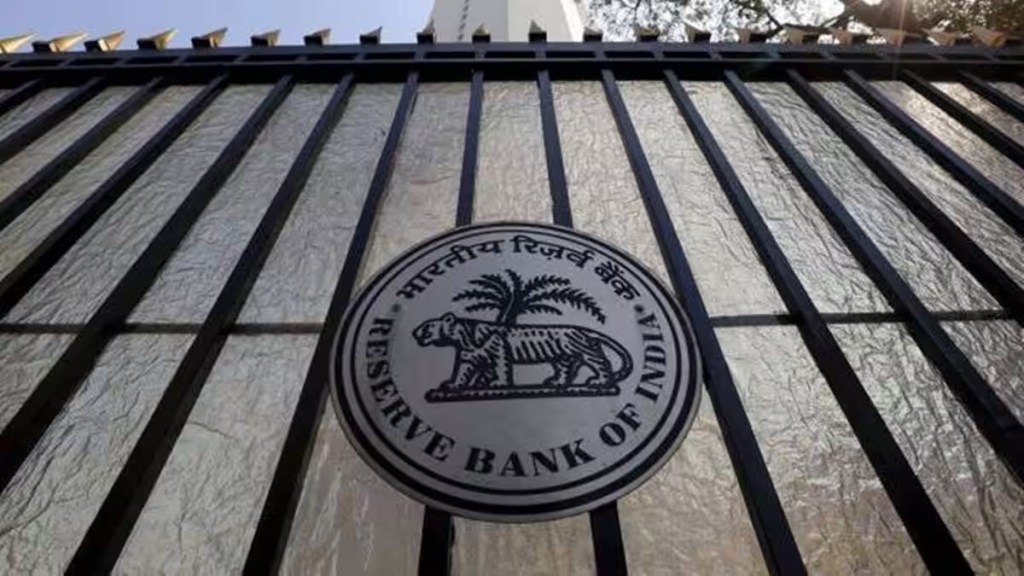The Reserve Bank of India (RBI) kept its retail inflation projection for the current fiscal year unchanged at 5.4%, even after taking cognizance of various risk factors that cloud the inflation outlook, including the global financial market volatility.
However, most analysts are disposed to agree with the central bank’s assessment of the price pressures, with assumptions that are broadly similar.
The agreement among analysts is despite the sharp upward revision of the RBI’s estimate of headline inflation for the just-concluded quarter (Q2FY24) since the June review of the monetary policy. The consumer price index-based inflation for Q2 is now pegged by the RBI at 6.4%, up from 6.2% forecast in August and 5.2% seen in June. The revisions for Q2 inflation estimates were warranted mainly because tomato prices skyrocketed and cereal inflation proved stickier than anticipated.
Economists believe the spike in inflation witnessed during July-August has cooled off already, and the headline print will remain below 6% for the rest of the year.
“Our projections are close to RBI’s, because we have based in similar assumptions for our estimates,” said DK Joshi, chief economist at CRISIL who sees CPI inflation at 5.5% in FY24. “We assume oil price will average $80-85 per barrel in the current fiscal year. Vegetable inflation has already corrected and the risks from high cereals inflation will also moderate in the coming months,” Joshi said.
The RBI expects India’s crude oil basket price to average $85 per barrel in FY24.
For Q2, the RBI has raised its retail inflation projection by 20 basis points (bps) at the latest bimonthly policy announced on Frioday mainly due to higher-than-expected headline prints in July and August (CPI inflation was at 7.44% in July and 6.83% in August). In September, the retail prices of tomato plummeted 62.0% month-on-month, according to Department of Consumer Affairs data.
Since retail inflation has averaged 7.1% in July-August, it will have to crash to 5.0% in September in order to touch the RBI’s projection for Q2. The expectation of a 5% print for September is, however, lower than the market consensus. Most economists have estimated CPI inflation at 5.3-5.5% during the month.
For the current quarter (Q3), the central bank has projected CPI inflation at 5.6%, 10 bps lower than its previous forecast. And for Q4, it has retained its forecast of 5.2%. Retail inflation for April-June of FY25 has been retained at 5.2% too.
“The future trajectory (of CPI inflation) will be conditioned by a number of factors like lower area sown under pulses, dip in reservoir levels, El Niño conditions and volatile global energy and food prices,” the RBI’s Monetary Policy Committee (MPC) said in a statement.
It also noted that recurring incidence of large and overlapping food price shocks could lead to generalisation and persistence to headline inflation.
“According to the RBI’s enterprise surveys, manufacturing firms expect higher input cost pressures but marginally lower growth in selling prices in Q3 compared to the previous quarter. Services and infrastructure firms expect a moderation in growth of input costs and selling prices,” it said.
ICICI Securities Primary Dealership’s Senior Economist Abhishek Upadhyay sees retail inflation averaging in line with the RBI’s forecast. “It’s possible if the core momentum, which has been tracking much below last year, is sustained, headline CPI inflation may turn out slightly lower as well, which seems likely.”
In August, CPI core inflation—which excludes volatile components of food and fuel—was at 4.8%, the lowest in 41 months. Core inflation carries a weight of 47% in the CPI basket.
“If you look at the break of goods and services in core inflation, the goods inflation is still reasonably high. If global commodity prices stay well behaved, and crude prices stay low, then goods inflation can come down which can further pull down core,” said Upadhyay. The weightage of goods and services within core is roughly the same.
Importantly, RBI Governor Shaktikanta Das said after the latest MPC meeting that, “I would emphatically reiterate that our inflation target is 4% and not 2-6%.”
Das said that core inflation has eased by around 140 bps from its recent peak in January 2023, while adding that further disinflation of the core component is “critical” for price stability.
For the next financial year, that is FY25, the RBI has projected CPI inflation to average 4.5% (3.8-5.2% range), “assuming a normal monsoon, and no further exogenous or policy shocks.”
Joshi too expects CPI inflation to average at the similar level in FY25, largely due to favourable base effect affecting headline numbers and a further fall in core inflation.
“Domestic demand conditions are expected to benefit from the sustained buoyancy in services, revival in rural demand, consumer and business optimism, the government’s thrust on capex, and healthy balance sheets of banks and corporates,” the MPC statement said.
According to ICICI Bank Economic Research, given a high base in Q2FY24, inflation might ease to 4.2% in Q2FY25 and thus average 4.8% in FY25. “The uneven monsoon this year should ensure food inflation is relatively elevated and next year’s inflation trajectory would depend upon rainfall as well. For now, households’ 3-months ahead and 1-year ahead inflation expectations have eased to single digits, a first since pandemic.”

